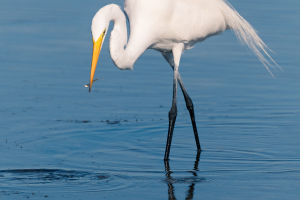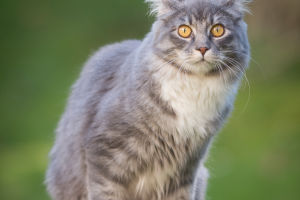In the world of avifauna, there are certain species that captivate the imagination with their distinctive beauty and unique characteristics. Among them, the hoopoe (Upupa epops) stands out as a true enigmatic wonder.
From its vibrant plumage to its mesmerizing behavior, the hoopoe continues to intrigue bird enthusiasts and researchers alike. In this article, we delve into the captivating world of the hoopoe, unraveling its physical attributes, habitat, behavior, and cultural significance.
Physical Attributes:
The Hoopoe, measuring approximately 25 centimeters in length, is characterized by its unmistakable appearance. Its most distinctive feature is a crest of feathers atop its head, which can be raised and lowered at will.
The crest displays an exquisite combination of black, white, and cinnamon hues, forming an elegant pattern. Its body is adorned with a mix of brown, buff, and black feathers, complemented by bold black and white stripes on its wings.
Additionally, the hoopoe boasts a long, slender, and slightly downward-curved beak, ideal for probing the ground in search of insects.
Habitat and Distribution:
Hoopoes have a widespread distribution, inhabiting regions across Europe, Asia, and Africa. They prefer open woodland areas, savannas, and grasslands with scattered trees, although they can adapt to a variety of habitats.
These remarkable birds are known for their migratory behavior, with some populations undertaking long-distance journeys to escape harsh winters or seek breeding grounds.
Behavior:
The hoopoe's behavior is equally fascinating. It is known for its distinctive flight pattern, featuring rhythmic wing beats alternated with short glides.
During courtship displays, males perform a captivating "butterfly flight," which involves flying up and down in an undulating manner while calling out melodiously.
Their vocalizations consist of a series of soft, mellow notes and distinctive "hoop-hoop" sounds, which provide the basis for their name.
One intriguing aspect of the hoopoe's behavior is its feeding technique. It uses its long beak to probe the ground, searching for insects, small invertebrates, and their larvae.
The hoopoe's bill is specially designed to extract prey from the soil or decaying wood, making it a skilled forager. This unique feeding habit contributes to the hoopoe's role in pest control, as it helps regulate populations of harmful insects.
Cultural Significance:
The hoopoe holds significant cultural symbolism in various civilizations throughout history. In ancient Egyptian mythology, it was associated with the sun god Ra, representing both rebirth and the pursuit of knowledge.
In Islamic tradition, the hoopoe is featured in the story of Solomon and the Queen of Sheba, known for its wisdom and role as a messenger. Additionally, the hoopoe has been depicted in artwork, literature, and folklore across different cultures, often embodying qualities such as beauty, grace, and curiosity.
Conservation Status:
Despite its intriguing qualities, the hoopoe faces certain conservation challenges. Habitat loss due to deforestation, agricultural expansion, and urbanization poses a threat to its populations.
Furthermore, the use of pesticides and insecticides can adversely affect their prey base. To protect this charismatic bird, conservation efforts should focus on preserving suitable habitats, promoting sustainable agricultural practices, and raising awareness about the hoopoe's importance in maintaining ecological balance.
The Hoopoe is an avian wonder that captures the imagination with its striking appearance, unique behavior, and cultural significance. From its vibrant plumage to its mesmerizing courtship displays, the hoopoe continues to enthrall bird enthusiasts and researchers alike.
As we appreciate the beauty of this remarkable species, let us also strive to protect its habitats.


